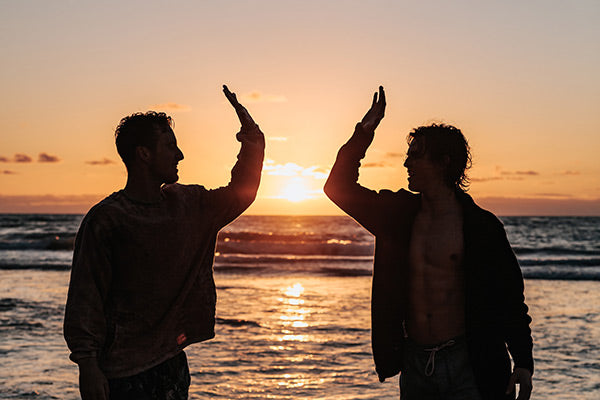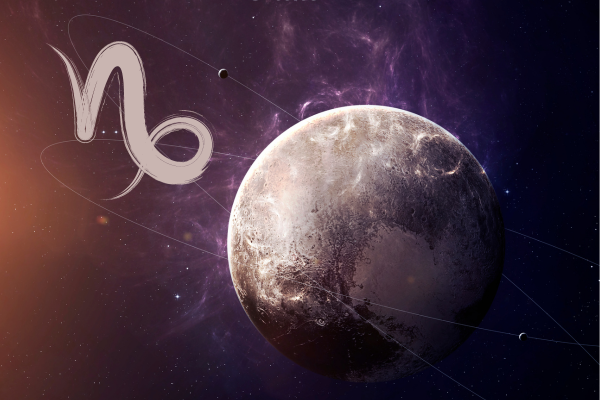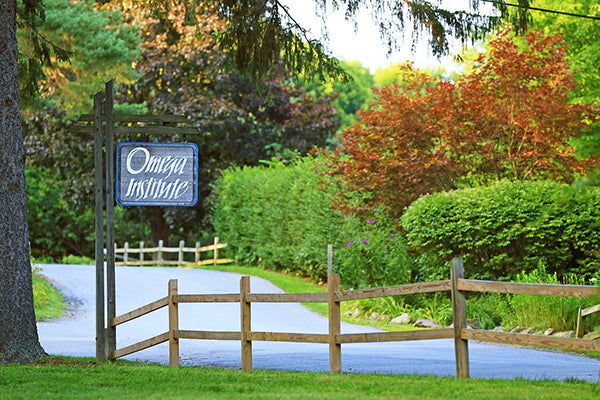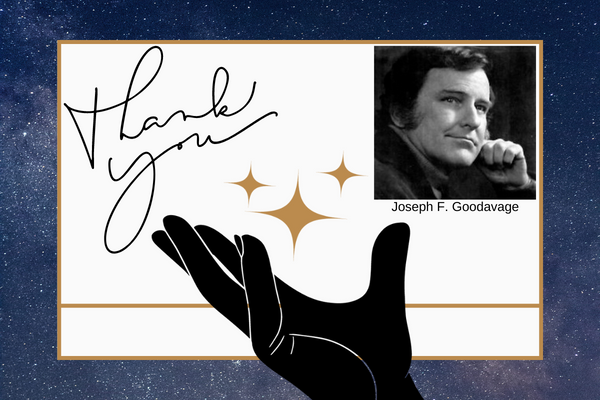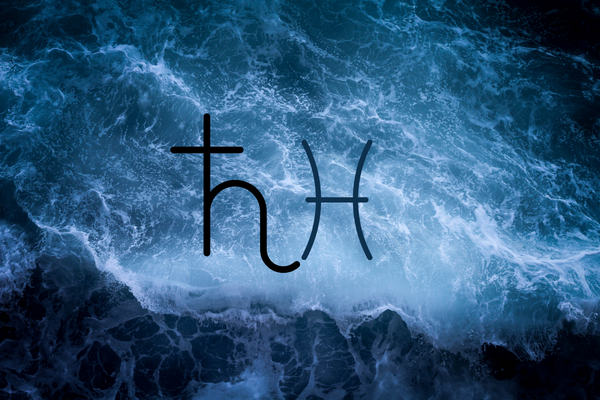Blog
-
On July 12, the Moon’s Mean north node, always retrograde, leaves Taurus and backs into Aries. That means that the south node will cross into Libra at the same time. They’ll occupy those two signs until January 28, 2025 when the nodal axis shifts into Pisces and Virgo. As ever, they’ll leave an indelible stamp on the headlines – and on your own life too.
Here’s a quick review for anyone who’s not been studying evolutionary astrology for very long. The Moon’s nodes are really the heart of the system. The south node represents unresolved karma that has ripened – that means that it’s time to deal with it. The good news is that you are ready. Meanwhile, the north node suggests a powerful, effective antidote to those old, outdated south node patterns. Here’s where it gets sticky – that south node behavior comes up pretty much automatically, while reaching the north node always takes serious effort.
-
Rumors of a new world order emerging due to Pluto’s passage into Aquarius have been exaggerated – at least for now. For one thing, the Lord of the Underworld is now abandoning Aquarius (which it only entered on March 23) and returning to Capricorn, where it’s been stirring up chaos since 2008. That reentry happens this month, on June 10. Once back in Capricorn, Pluto will actually remain there for the rest of the year. We’re not out of the Capricorn woods yet, in other words.
On October 10, after four months, Pluto reverses course and turns direct, but it’s still in Capricorn when that happens. It only reenters Aquarius on January 20 of the coming year.
Even then, we’re still not in the clear. On September 1, 2024, Pluto crosses briefly back into Capricorn a second time. That will only be a quick goodbye kiss – just forty days later, it enters Aquarius solidly. After that, it won’t be finished with Aquarius until early 2044 – and it won’t touch Capricorn again until February 28, 2254.
-
The Covid pandemic changed everyone and everything. Who can doubt the idea that as years go by, memory will turn the pandemic into one of those “January 1, 1 A.D.” kinds of dates – pivot-points in history, like the birth of social media or Beatlemania. I never caught Covid myself, but I’m no exception when it comes to my life being “pivoted” by it – for one thing, pre-Covid, I was on the road non-stop for forty years. It’s a crazy way to live. After Covid, my passport has cobwebs forming on it and the Transportation Security Agency has barely crossed my natural boundaries in three years.
The roots of these changes in my lifestyle actually go back a little further than Covid. Late in the previous decade I saw Pluto and Saturn bearing down on conjunctions with my Sun, plus the progressed Moon about to enter my 12th house. Many astrologers would have suggested that Fear might have been my best strategy, but that’s not how I live with the planets – I feel that they’re up there to guide me, not to scare me. I saw that to head off danger, I needed to make some changes. I was turning seventy. Maybe it was time to travel less. The planets asked me that question – I answered it in my own way with a big Yes.
At that time I had half a dozen apprenticeship programs going around the world, each one meeting once or twice per year. I took those responsibilities seriously, so I gave a couple years’ notice on ending them. Around the same time, with Catie Cadge and Jeff Parrett, I began to lay the groundwork for my online school – the Forrest Center for Evolutionary Astrology. In January 2020, I did my last public program before the Plague struck – it was a synastry class in Palm Springs, California. We had over a hundred people signed up – and something like thirty of them dropped out, many citing “the flu.” That was my first inkling of what was to come.
-
It was November 1966. I was sweet seventeen and lying in bed recovering from a tonsillectomy. Transiting Neptune was one degree from my Ascendant. One effect of that transit was that I’d just had my first and only experience of knock-out anesthesia. Another far more important one was that I was about to discover serious astrology.
As I lay there in my bed nursing my sore throat, my Scorpio mom came in and asked me if she could get me a book to read. I asked her for an astrology book. I think she was a little surprised, but she didn’t have a problem with that – I was blessed with an open-minded family. A couple hours later, she returned with a paperback. It was silly Sun Sign astrology aimed at the sorts of teenagers who weren’t destined for careers in rocket science. I won’t name the book because I try to avoid blaspheming against other astrological authors, but it was truly terrible. I devoured it anyway. I could tell that there was something real going on behind the obvious pandering and stupidity. If I were a fish, I’d have been toying with the worm, not quite sure if I was actually going to chomp down on it.
In for a penny, in for a pound – I finished that book and asked my mom for another one. This time she picked a winner. She brought me one of the dozen or so books that have actually changed the direction of my life. It was called Write Your Own Horoscope. The author was one Joseph F. Goodavage. I never hear anyone refer to it today – as a contribution to the astrological vocabulary, it’s mostly forgotten even though it was actually the first astrology book to sell over a million copies. -
Mark your calendars – on March 7, Saturn crosses the Pisces frontier. It will remain there until it enters Aries on May 24, 2025 – but then it will cross back into Pisces on September 1, 2025, not finally fully committing itself to Aries until February 13, 2026. That’s nearly three years in total, and Saturn’s passage will leave fingerprints on the headlines – and on your life too.
What will it mean? That’s not really up to Saturn, it’s up to you. There are ways to be in harmony with this energy and ways to get into trouble with it too. All that is what I want to explore with you in this newsletter.

